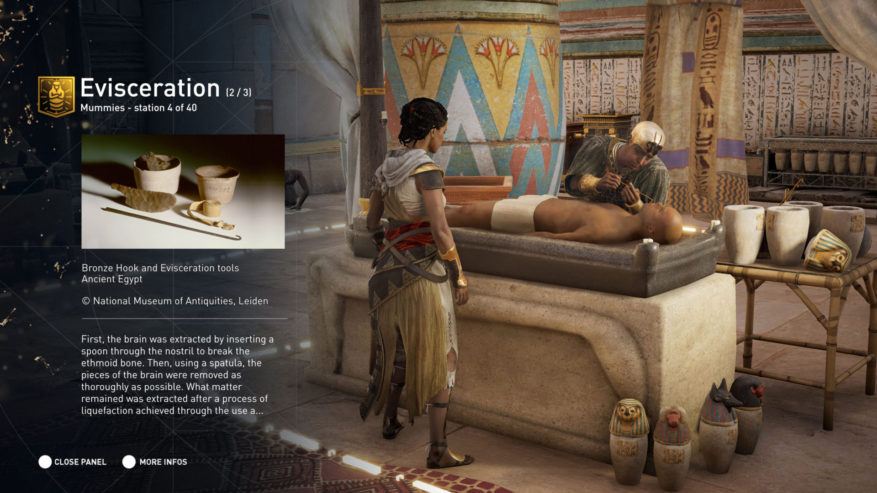
On September 27, the official Ubisoft Blog announced that Assassin’s Creed Origins would include a “discovery mode” that would allow the player to explore the game’s Ancient Egypt without any combat or difficulty. Predictably, a debate has formed between the group of people that have been wanting this kind of accessibility in games for a while, and those that think the difficulty is the important part of a game. While the announcement by Ubisoft hasn’t explicitly said whether this would allow players to experience the story without the gameplay, but it still is an interesting precedent.
As for now, the “Discovery Mode” is simply for learning about ancient Egypt, but it got me thinking about what it would mean if games would have a no combat or difficulty or even a no gameplay option. What if games allowed players to experience only the story if that’s what they want? What if a game had the option to be treated as more of an interactive movie? Would that be the next step in the expansion of the medium? Or would it just make games into more casualized nonsense?
I may be about to ruin any credibility I have, but I often play games on the lowest difficulty to experience the world with the minimum amount of frustration. I feel that I am justified in that view, just as the gamer who thinks that a game isn’t good unless the experience is Nintendo Hard. Allowing more players to experience a story I feel is nothing but a good thing, both from the “are video games art” debate and a business standpoint. The two points really intertwine in an interesting way.
Accessibility is a big part of what makes art possible. Take movies, for example. If only a small amount of people could go to a theater, or afford a home entertainment system, then any hope for movies that were anything but big budget “tentpole movies,” the main goal would be to make the most money from the limited audience available. As it stands, for every record-breaking Marvel movie, several not commercially viable but artistic films are allowed to release since the studio has made the revenue from the big film to not need the art house picture to make hundreds of millions of dollars.
When video games first started, the medium was seen as something for kids or the weird people who didn’t leave the house. This was the small market that Atari, Nintendo, Sega, etc. could advertise to. Therefore, games were vastly skewed toward spectacle, or wowing the audience with new graphics instead of having interesting stories (rarely anything more invasive than “Are you a bad enough dude to save the President?”); but as the years progressed, features became available that made video games more accessible to a wider audience, it began to be more feasible to have more “indie” games released. It’s like my big movie, art movie analogy earlier.

Adding a “no combat” mode to games suddenly opens the market to not only people who for whatever reason haven’t played games, but also those disabled people that haven’t had the actual ability to play games. A wider audience will lead to more experimentation and more niches pop up in the market along with people who dislike the violence in video games. People who just want to watch a story, or explore a world would be more inclined to give Gaming a shot. This increased market would lead to a change in prices, as studios would feel less inclined to try to make the greatest profit off of fewer sales. I would like to assume that the shady practices of microtransactions and DLC and overpriced season passes and all the other nickel and dime practices of the big game studios would become a thing of the past. Supply and demand at work.












